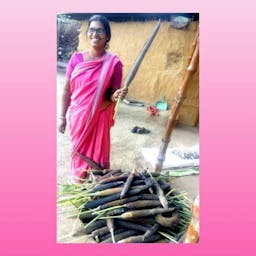The Bane of Alcohol in India
Jan 21, 2015
Story
Strong alcoholic drinks and spirits are called liquor. The origin of liquor and its close relative liquid was the Latin verb liquere meaning to be fluid. According to the Oxford English Dictionary an early use of the word in the English language means simply a liquid. The term spirit in reference to alcohol stems from Middle Eastern alchemy. These alchemists were more concerned with medical elixirs than with transmuting lead into gold. Distillation comes from Greek alchemists in first century A.D. and fractional distillation was developed by Tadeo Alderotti in the 13th Century. People had started drinking it in the 14th Century and Paracelsus gave the modern name alcohol that means finely divided. It is an Arabic word. The basic process of distillation that had been discovered by Greek alchemists did not change for a long time. In fact many people prefer traditional methods of distillation to their modern counterparts. For example - different countries use different things to make liquor ... like Fruits, Rice, Potatoes, Wheat, Barley, Mustard, Apple, Sugarcane and Grapes but Tribal in India traditionally make liquor from Mahua (one kind of flower). Around 1400 distilled spirits had been discovered from Wheat, Barley and Mustard beers. It is a cheaper option than Grapes. Most of all marketing had developed a world wide market for distilled beverage among the population. The local industry has introduced flavoured alcohol drinks to attract previously non-drinking young men and women. Although, alcohol advertising is banned in electronic and print media in India but Bollywood films now glorify alcohol which the good guys drink. There has been a rapid change in patterns and trends of Alcohol use in India. People are beginning to drink at younger ages. The percentage of the drinking population aged under 21 years has increased from 2% to more than 14% in past 15 years. One recent study in the Southern State of Karnataka found young women consumed similar amounts of alcohol as young men. For the whole of India it is estimated that the total alcohol revenue for 2003-4 was 216 billion dollars. However this falls far short of the total cost of managing the bad effects of alcohol addiction. Selling of liquor is regulated by the State governments and the Central government can't object to this. There are no studies that estimate the large sale of alcohol from illegal liquor shops which often lead to the death of consumers due to poisonous admixtures. It is also well known that alcoholism of men is the main cause of all kinds of gender based violence within and outside the home.




